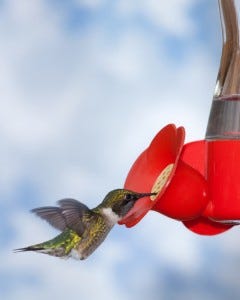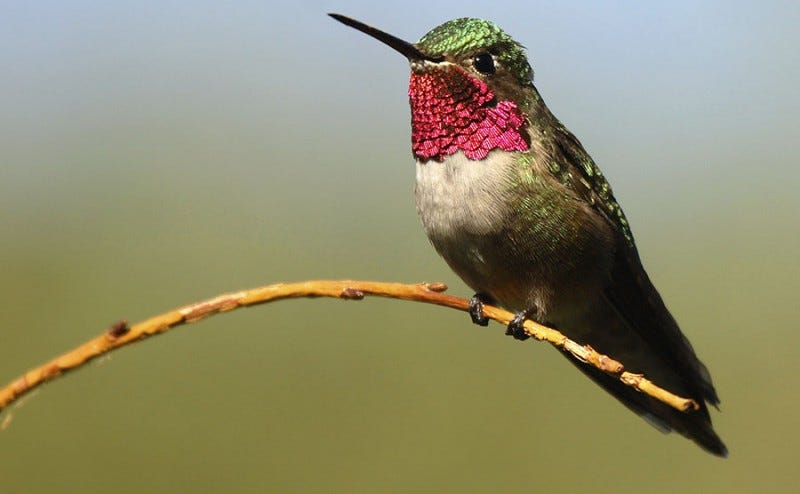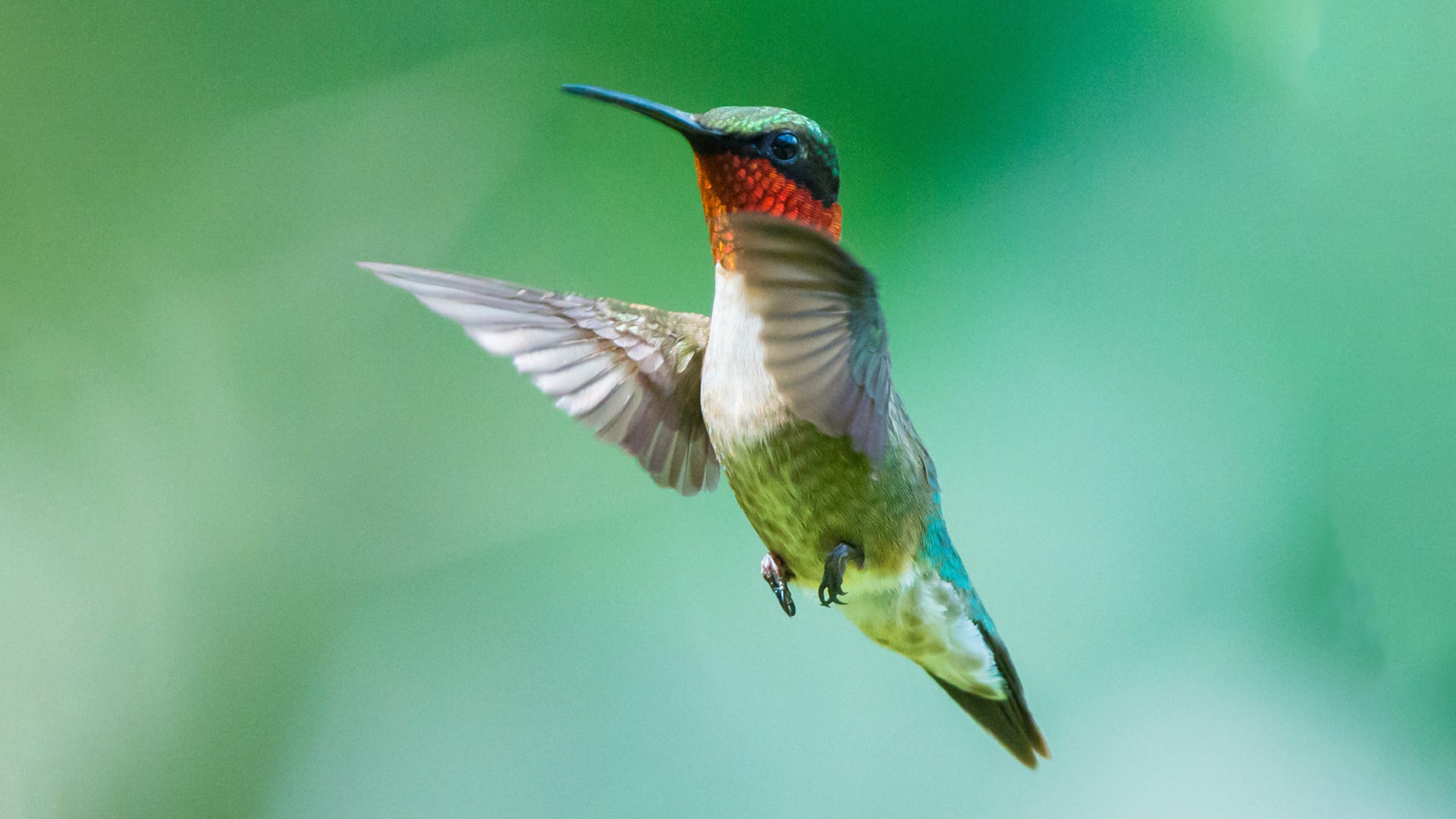Hummingbird Migration is taking speed and soon hummers will be feasting on nectar in yards and gardens across the country. Much has been said about hummingbird migration and the flight patterns of these petite birds. Hummingbirds typically visit the same feeders, in the same order, year after year. Bird advocates who have been feeding hummers for any amount of time will often name their hummers and look forward to watching them at hummingbird feeders each day.
Not only is the appearance of hummingbirds intriguing, but their overall nature and behavior makes them a species that is a favorite to many. Hummingbirds are uniquely designed creatures. The way they fly and feed make them different from anything else in nature. Here’s what we mean:
Flight facts about hummingbirds
 What sets hummers apart from other bird species is their precise, darting flying patterns and small body structure. It’s hard to forget their natural beauty, too. Hummingbirds can fly up to 60 miles per hour when in a steep dive. More commonly, hummers fly from nectar source to nectar source at 20 to 45 miles per hour.
What sets hummers apart from other bird species is their precise, darting flying patterns and small body structure. It’s hard to forget their natural beauty, too. Hummingbirds can fly up to 60 miles per hour when in a steep dive. More commonly, hummers fly from nectar source to nectar source at 20 to 45 miles per hour.
Approximately 90% of a hummer’s time in flight is spent hovering at a feeding spot. This behavioral trait is a large energy drain on our tiny feathered friends. That’s a big contributing factor to your frequent hummingbird feeder refills.
Tip: During migration time, hummingbirds need all the energy they can get to make the long journey north. Make sure your feeders are out, filled, and ready to welcome hummers along their journey to warmer climates in the fall and breeding locations in the spring.
Hummingbirds are lighter than air — well, almost!
Just like other birds, hummingbirds have hollow bones and fused vertebrae and a fused pelvis. Of course, considering that they’re already tiny, that means they weigh next to nothing. This physical feature eliminates excess weight that would be caused by additional muscle and ligaments.
25% of a hummer’s body weight is made up by their large chest muscles and sternum. Although, it’s these muscles that keep the hummer’s wings beating faster than a typical bird. (About.com).
One of the most attractive features of these pint-sized birds are their wings. With long, sturdy bones at the tips of the wings, hummers are able to keep their wings stable, making for a more precise flight.
Speaking of wings – did you know hummingbird’s wings often flap 75 times per second? Hummers make this all possible with a larger heart, pumping to support high levels of wing movement.
Hummingbird aerodynamics

With flight attributes that resemble insects, hummingbirds are unique among other birds, They literally have their own movements. What gives a hummingbird the capability to fly in any direction — including going in reverse, flying upside down and hovering? The answer is a flexible shoulder joint that allows a hummer’s wings 180 degree rotation, often resembling a steady figure 8 motion.
Normal birds use half of their weight to support upward movement and half for downward movement. That’s not the case for hummingbirds. Hummers use nearly 75 percent of their body weight for increasing motion of their wings. The other 25 percent of their weight supports downward motions (HummingWorlds.com).
Now that you’ve learned a little bit more about what makes hummingbirds fly, what have you noticed about the hummers in your backyard? Ever see one at rest? Getting aggressive toward other hummers? We want to hear from you!
Spot your hummingbird sightings on our Migration Map and see where your favorite hummer is hovering.








